
I had the opportunity to be a guest operator at WW1USA today. WW1USA is a special event station located at the National World War I Museum in Kansas City, MO.
There was a request for operators that I saw on Larry’s List. Larry’s List is an awesome resource for hams in the greater Kansas City area. Not just another email list-serv, but a truly valuable resource in understanding what is happening in the area. From community events, swap-n-shop, club meetings, weekly nets to nearby hamfests – Larry’s List is one stop shopping for everything you need to know about amateur radio in Kansas City.
I read about the opportunity to sign up for operator/logging slots during this weekends activation of WW1USA and thought it would be a neat opportunity.
Arriving about 10 minutes before my shift started, I was immediately directed to a position and asked to start logging for an operator working contacts on 20 meters. The brief instructions I received was to log the callsign, name, and state of the contact. I think I recognized the logging program as N3FJPs logging program for Windows. I had used this program before during Field Day 2009 with my dad, KD6EUG.
As I adjusted into the chair, my ear turned towards a speaker, my fingers pecking away entering callsigns… I noticed there were not any radios here! Each of the operating positions were laptops, using HRD to control a rig at a remote location. Pretty cool. As I believe it would have been fairly difficult to raise antennas on top of the museum and then route feedlines down to an operating room, the planners of this special event used internet connectivity. To be honest, as an operator, the fact that I was not in front of the rig was really not even apparent.
After twenty minutes, I slid into the operators chair and proceeded to work contacts for the next two hours. Again, the planning effort of this operation became evident when I saw a short script in front of me for calling CQ as well as providing answers on how calling stations could QSL the contact. When a station at the distant end asked for more information about the reason for the special event, I was handed another card which talked about commemorating the failed Gallipoli campaign.
I had a great time making contacts: stations all over Canada and the United States. What a fun time!
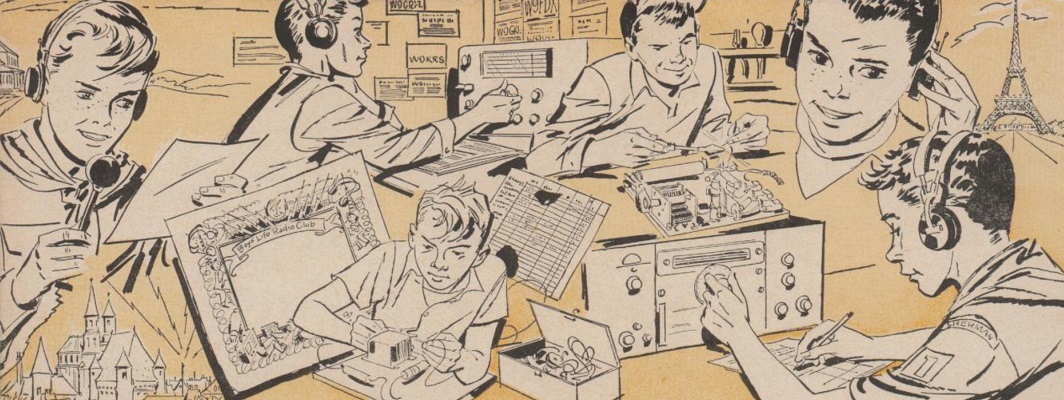








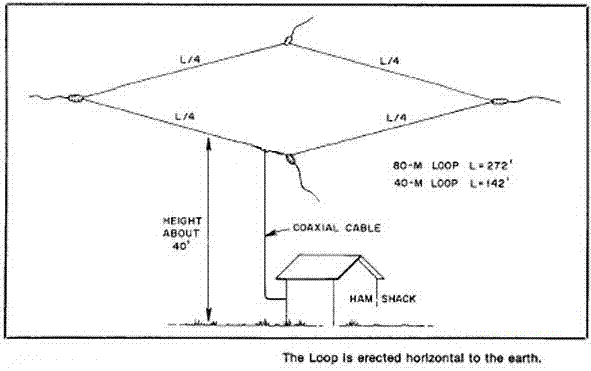
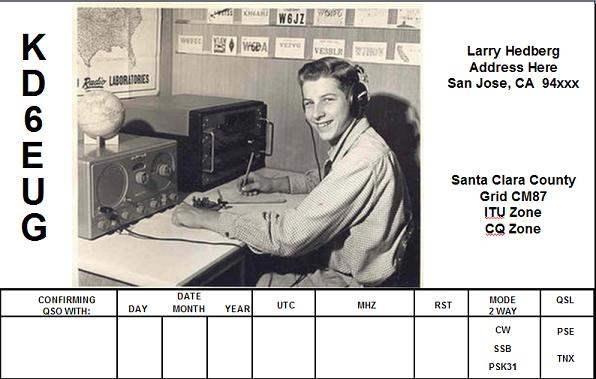
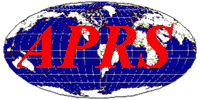 I have been doing a little more reading on APRS (when I should be working on homework). One item that I found very intriguing was CQSRVR. There is a good run down of that feature
I have been doing a little more reading on APRS (when I should be working on homework). One item that I found very intriguing was CQSRVR. There is a good run down of that feature 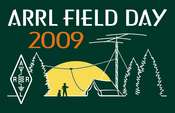 It is time to get ready for
It is time to get ready for  In an attempt to improve his antenna situation my dad, KD6EUG, was perusing Craigslist and found a seller in Santa Cruz that was looking to part with his Force 12
In an attempt to improve his antenna situation my dad, KD6EUG, was perusing Craigslist and found a seller in Santa Cruz that was looking to part with his Force 12 

 Electric Radio is a real jewel. Inside the front cover, the magazine states it’s intent upfront: Electric Radio is all about restoration, maintenance, and continued use of vintage radio equipment. So what does this have to do with me? I don’t restore or use vintage equipment. I wouldn’t know the difference between Collins, Drake, National, or anything other type of old, dusty metal cabineted stuff. Despite this, the magazine is still a joy to read. Page 2 talks about Electric Radio’s “Honor Your Elmer Contest” – how great of an idea is that?! Page 39 has an amazing article about the life of George Mouridian,
Electric Radio is a real jewel. Inside the front cover, the magazine states it’s intent upfront: Electric Radio is all about restoration, maintenance, and continued use of vintage radio equipment. So what does this have to do with me? I don’t restore or use vintage equipment. I wouldn’t know the difference between Collins, Drake, National, or anything other type of old, dusty metal cabineted stuff. Despite this, the magazine is still a joy to read. Page 2 talks about Electric Radio’s “Honor Your Elmer Contest” – how great of an idea is that?! Page 39 has an amazing article about the life of George Mouridian, 
 I want to put together an inexpensive APRS WX station for my dad, KD6EUG, to install up at his cabin in
I want to put together an inexpensive APRS WX station for my dad, KD6EUG, to install up at his cabin in